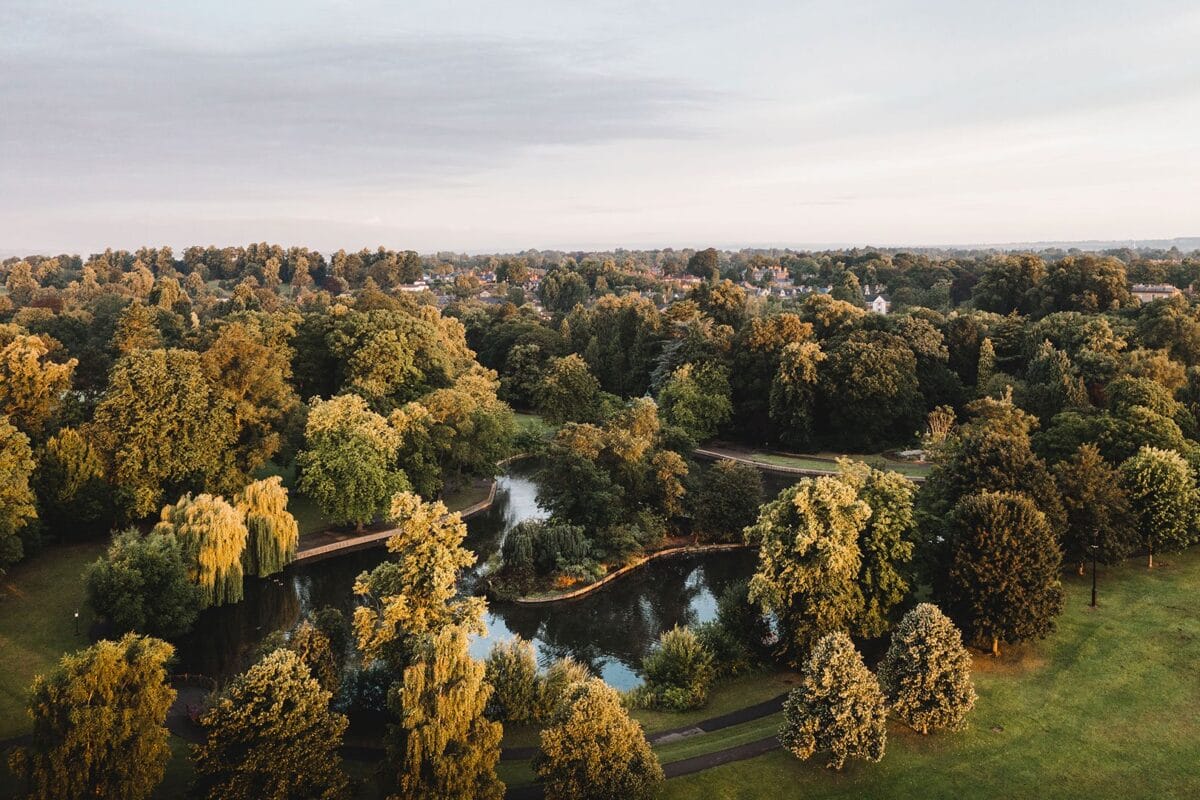Nationally Determined Contributions (NDC) & the Balance Partnership
Introducing the Balance Unit: Creating a New Asset Class that Sits on Your Country’s Balance Sheet
Balance takes a three-pillar approach, combining biodiversity, social economics, and climate impact. Dealing with poverty, biodiversity loss, or climate action in isolation can be problematic, but combining these issues can create economies of scale.
This isn’t just a concept; it’s discovering a new natural resource. You can borrow against it, leverage it for finance, or use it to reduce interest rates on existing loans.
The Balance Unit is a peer-reviewed and published methodology that has generated a six-point legal framework. As a methodology, not a standard, existing standards can be lifted to create Balance Units.
Balance Units are fully interoperable with NDCs and require no new drafting under Article 6 under the Paris Agreement, as they enhance the existing carbon verification system rather than replace it with a new standard.
One solution, three wins: Our three-pillar approach brings together:
-
Biodiversity restoration
-
Economic well-being
-
Climate impact
Built on science & law: Balance Units are backed by a rigorous, peer-reviewed methodology and enforced through a six-point legal contract ensuring transparency, longevity (100-year permanence), and integrity; all while aligned with your country’s Nationally Determined Contribution.
Public funds, private markets: Balance unlocks new channels of finance by positioning your country’s ecosystems as valuable national assets.
Convert what you already have: Already using Plan Vivo, Verra, Gold Standard, or other carbon credits? We help you convert these into Balance Units for immediate market access, fully interoperable with Article 6.
Develop new mitigation activities: Want to develop fresh NDC-aligned reforestation, biodiversity, and social economic efforts? We support countries in launching new nature-based solutions under our Balance legal framework.
Unlock NDC value: Balance Units are interoperable with carbon credits and fully aligned with Article 6, so there’s no need for extra drafting or complexity. The result is creating new revenue streams and socio-economic well-being for your country.
Our six-point legal framework ensures that projects match the science, delivering environmental and social impact that lasts.
1. Permanence: Most carbon credits promise only 40 years of legal protection, but the radiative forcing cycle of CO₂ lasts 100 years. That’s why Balance is legally designed to go the full 100-year distance.
Our split contract secures:
-
40 years of forest permanence tied to the carbon credit, followed by an additional 60 years of legal obligation dedicated to biodiversity and socio-economic benefits.
This ensures 100-year permanence, aligning our legal obligations with the radiative forcing cycle of CO₂ lifetime, actual climate science.
Balance contracts require that forests be allowed to initiate their full natural, biodiversity-enriching life cycle, including the generation of deadwood, which increases biodiversity and locks in more carbon through long-term decomposition and habitat creation.
This structure doesn’t just store carbon. It supports living ecosystems and livelihoods for generations, all backed by legally enforceable commitments that extend well beyond typical crediting cycles.
2. Biodiversity: Balance contracts require planting indigenous species based on local genetic stock, historical land cover, and ecosystem resilience. We avoid planting in non-forest areas and ensure diverse, healthy forest systems to maintain ecological integrity.
3. Human Rights: Climate solutions must serve people, too. At least 40% of project development carbon finance flows to local communities (where they exist), alongside commitments to income-generating co-benefits, such as permaculture agroforestry, biochar, eco-tourism, beekeeping, sustainable firewood management, and water catchment enhancement for fisheries.
4. Monitoring & Reporting: Projects are not “plant and forget.” Developers must regularly report on biodiversity gains, carbon benefits, and socio-economic outcomes with full transparency to clients and the public. Every forest can be visited, every impact verified.
5. Additionality: Balance supports truly additional projects, meaning they would not exist without our involvement. We align with existing carbon credits such as Plan Vivo, Vera and Gold Standard to ensure every tree planted adds real, measurable value. However, we double down on additionality, making sure that every project is additional and would not happen unless the funding came through Balance.
6. Force Majeure: We plan for the unexpected. If a natural disaster, plant disease, or compulsory land acquisition occurs, our contracts require replanting, protecting long-term environmental and financial outcomes.

NDC Track Record
"A Two-Year Strategic Engagement with NDCs"
Balance has built direct relationships with government climate teams through sustained work across:
Multiple bilateral meetings and multilateral dialogues
We focus on decision-makers, creating trusted, long-term partnerships with countries shaping global climate action.

NDC Working Group
The Balance NDC Working Group convenes countries exploring how to integrate Balance Units into their NDCs.
Next session: 9th September 2025, 1pm UK time
Goal: Move from interest to formal contracts ahead of COP30 in Brazil
Countries engaged so far include: Oman, Nigeria, Morocco, Egypt
Our Offer to Governments
-
✔ New revenue streams from biodiversity, creating social economic systems that address climate.
-
✔ Access to markets via conversion of existing projects to Balance Units.
-
✔ Simple integration with Article 6.
-
✔ Peer-reviewed science that is permanent.
-
✔ Positioned Balance Units as a new national asset.
-
✔ Backed by a clear legal framework.
-
✔ Enriches long-term ecosystem, creating community benefits.
Process: Carbon Credit to Balance Unit
1. Identify NDC-aligned project: This involves identifying an existing carbon credit-generating mitigation activity.
2. Enhance projects: Projects are enhanced through peer-reviewed scientific criteria to ensure long-term biodiversity and socio-economic well-being, combined with verified carbon impact.
3. Apply legal contract: A transparent legal structure that implements the Balance three-pillar approach: biodiversity, socio-economic wellbeing, and climate action.
4. Sell Balance Units to Balance: Balance sells these carbon credits, converted into Balance Units, for countries in voluntary carbon markets.
5. Register Balance Units: Units are documented and tracked in the Balance system, ready for market. When purchased, the associated carbon credits (converted into Balance Units) are retired on a publicly visible exchange such as S&P Global.
6. Reporting and monitoring: Annual biodiversity and socio-economic reports will be shared with clients.
7. Secure development funding: Countries can secure development funding to develop the socio-economic and biodiversity-creating aspects generated from the Balance initiative.
8. Leverage New National Asset: The country can leverage a new national asset to secure improved credit terms.


Not Yet Carbon-Certified?
Discover the Extra Tree
Every distant and reported on tonne of Balance Unit sold is twinned with the planting of a sister tree in a non-carbon forest. We recognise the essential need to provide finance to projects focused on biodiversity creation and socio-economic well-being, especially those that are not yet, or will not be, verified for carbon.
Not every impactful project is capable of fitting into a carbon registry. That's why we created the Extra Tree program: for reforestation, rewilding, permaculture, agroforestry, and community-led projects. Or indeed, biodiversity-enhancing public amenity creating initiatives that are too small or too early-stage to issue carbon credits.
These projects receive support and visibility, contributing to long-term ecological recovery, even without formal carbon verification.
